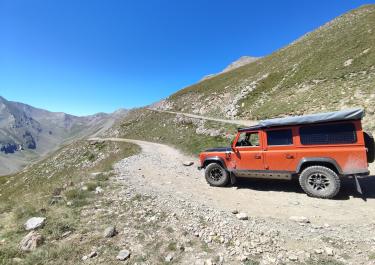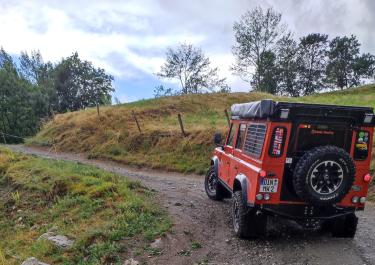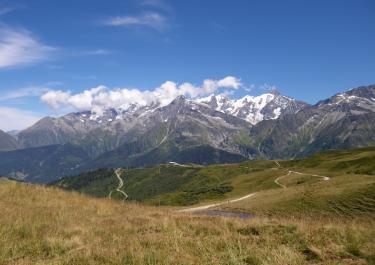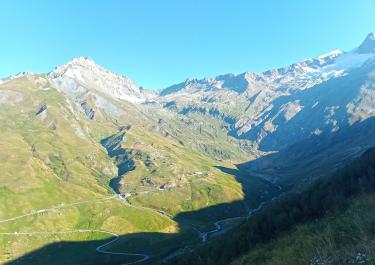Off-roading in France: a long tradition
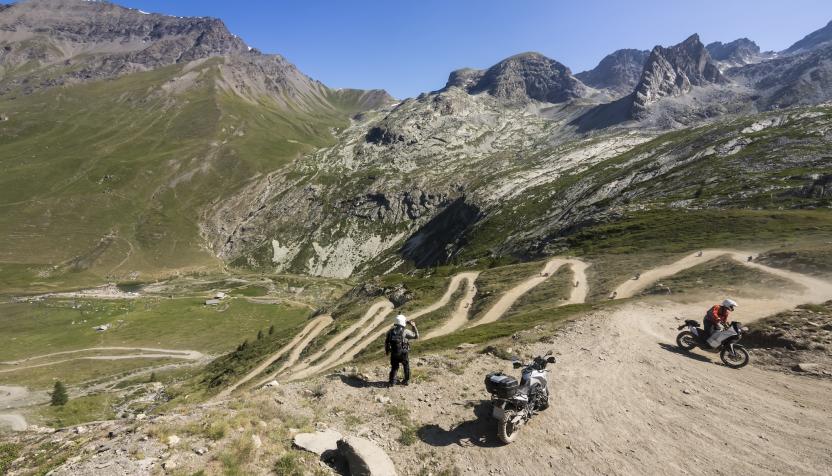
The French Alps are a true paradise for off-roaders. Old military roads along the border with Italy await with secluded and winding trails. High Alpine passes lead past old military forts through a landscape with unique rock formations and breathtaking panoramas. The Massif Central and the Pyrenees also offer some worthwhile trails.
France | All Off-road Routes
Here you'll find all legal off-road routes in France – clearly listed, with practical filters and a map view.
Editor's Favorites
A real highlight is the Col du Parpaillon, a roughly 25-kilometer-long mountain pass built by French pioneers between 1891 and 1911. The highest point is the 520-meter-long summit tunnel at an altitude of 2,637 meters, where snow, water, ice, and mud can be expected even in summer. The ascent to the Col de Pause in the Ariège department is considered a particularly challenging off-road tour in France. Competing on this route requires nerves of steel, gravel experience, and a suitable vehicle. The route begins on damaged asphalt and then changes to a narrow gravel track that climbs steeply up the cliffs to Port d'Aula, one of the highest points in the French Pyrenees on the border with Spain.
The Alps, on the other hand, offer the largest selection of off-road routes, such as the approach to Le Planay, a small ski resort in the Beaufortain region, which is accessible via a 17-kilometer-long, winding mountain road. This begins on paved roads and offers wide, smooth gravel roads with magnificent views in the upper section.
Another popular off-road classic is the ascent to the Refuge du Mont Jovet in the Vanoise Valley. Since its inauguration in 1890, the refuge has welcomed hikers, mountain bikers, and off-road riders at an altitude of 2,588 meters, offering a wide, easy-to-ride gravel road with occasional hairpin bends for variety and a fantastic mountain panorama.
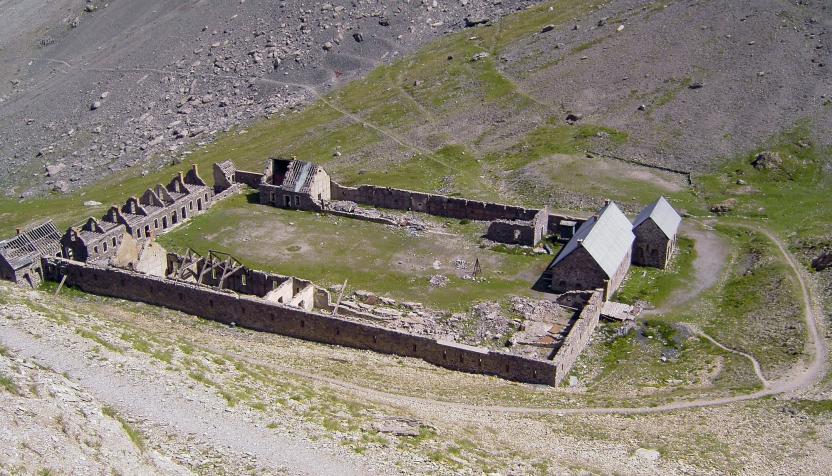
General information about off-roading in France
Off-road enthusiasts will find ideal terrain for their activities in the French Alps. The region boasts old military roads in the border area with Italy, leading through remote and winding trails.
These routes run along high Alpine passes and offer glimpses of historic military forts, as well as a natural landscape with impressive rock formations and wide panoramic views.
The routes in the French Alps are often challenging, sometimes very demanding, and are particularly suitable for experienced off-road riders.
They often lead to remote valleys or historic military fortresses in high alpine locations. Due to the high altitudes of many trails, the off-road season in this region usually begins late in the year. Many of the slopes are only cleared of snow and accessible towards the end of June.
In comparison, the Pyrenees in southern France, on the border with Spain, offer a somewhat less challenging and greener landscape for off-road touring.
Off-road driving and France are closely linked, and despite some challenges, there are many publicly accessible off-road trails in the country. However, the legal framework has changed: While in the past, anything that wasn't closed could be driven on, nowadays, passage must be expressly permitted. Driving on field and forest paths is generally closed to public traffic unless they are designated as public roads. This requires a certain amount of research with the relevant road authority.
Nevertheless, off-road driving is a lot of fun, partly due to the French passion for motorsports and their general tolerance. It is important to avoid cultivated areas and hiking areas, especially during the hunting season from September to February, as this can lead to conflicts with hunters. Those who follow the rules will get their money's worth in regions like the Pyrenees. There, there are fire roads that are passable in certain cases, such as in the valley of the Têt River, where a well-maintained track leads into the mountains near Castelnou and is a highlight for off-road tours.
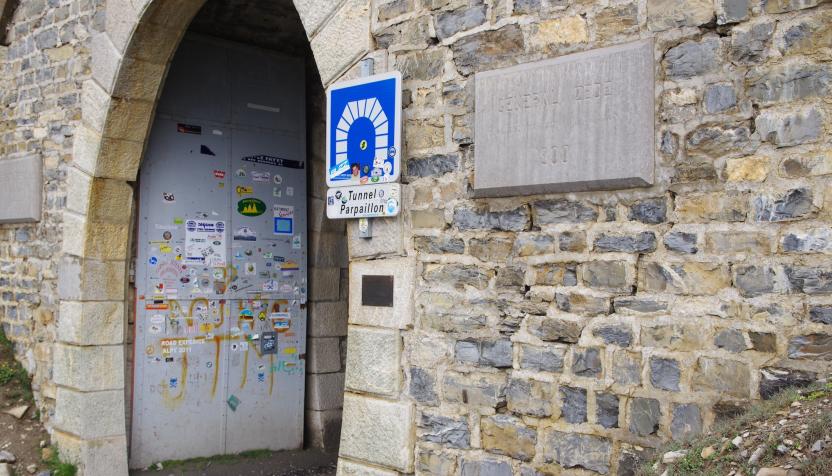
Off-road History in France
Off-road and France are closely linked. As early as the 1970s, adventurous Frenchmen took part in daring races in Africa with almost standard cars and motorcycles, with the fun of participating being the main focus. In 1977, Thierry Sabine organized the first Paris-Dakar Rally, which remains a classic among desert rallies and popularized off-road driving in France. Other events such as the Rally Morocco and the Tunisia Rally followed. Off-road driving also enjoyed popularity in France.
Off-road riding also enjoyed great popularity in France, particularly through enduro and motocross events, as well as the Gilles Lalay Memorial Race, the world's first hard enduro competition, which took place in 1992. Sabine introduced the Le Touquet beach race in 1975, which now attracts around 2,500 enduro riders and 500,000 spectators annually.
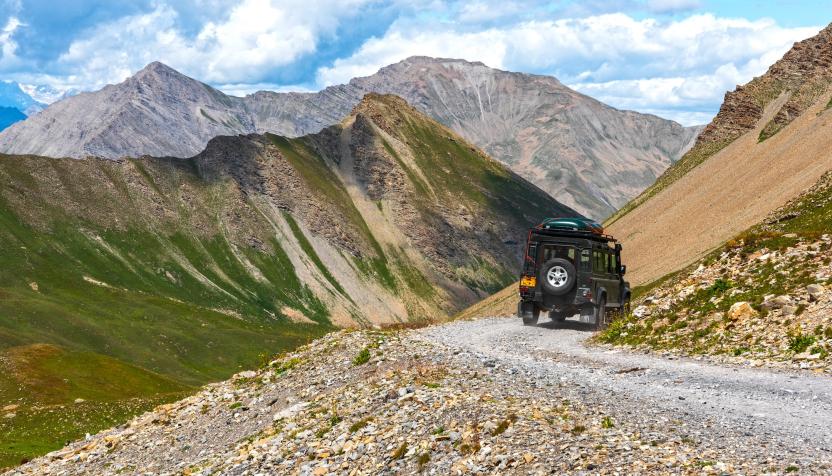
Culinary Highlights of Off-Road Riding in France
Anyone who only associates the South of France with lavender fields, croissants, and the Côte d'Azur hasn't yet experienced the off-road aspect of this diverse region. Spectacular tracks, old military roads, and remote gravel routes are hidden in the foothills of the Alps, the lonely plateaus of Provence, and the Pyrenees. And the best part: around every bend, not only a new view awaits – but often also a culinary delight.
Southern French cuisine is a feast for all the senses: aromatic, rural, and sun-drenched. Anyone on a road trip should definitely try the region's classic dishes – ideally right after a dusty day of driving, when your appetite is strong and your hands still smell faintly of engine oil.
In Provence and the Maritime Alps, cooking is often done with herbs, olive oil, and garlic. Typical is daube provençale, a slow-braised beef stew with red wine, carrots, and Provençal herbs – just the thing after a stage over rough gravel. Ratatouille, the famous braised vegetables, or a hearty soupe au pistou will also fill you up and make you happy.
In the Cévennes and on the Ardèche plateaus, things get more rustic: lamb, goat cheese, and chestnuts are served here. If you're lucky, you might snag a plate of aligot – a creamy potato and cheese mash that's wonderfully hearty and keeps you going for a long time – at a small inn.
The South of France also has a lot to offer for those on the go: Fresh baguettes, robust goat cheese, a few slices of Rosette de Lyon, or air-dried ham from Aveyron make any picnic a delight. And for those with a sweet tooth, treat yourself to a tarte aux pommes or a piece of nougat de Montélimar.
The afternoon is dedicated to coffee—or pastis, the famous aniseed liqueur that's practically a way of life in the South of France. And in the evening? A glass of Côtes du Rhône, Minervois, or Bandol is a must—depending on the region and the day's stage.
